LED drivers are a critical component of any LED light or lighting array. They convert high voltage AC power to lower voltage DC, reducing energy usage, protecting LED lights from damage, maintaining steady output during power surges, and providing dimming capabilities. To learn more about their basic functionality and replacement, visit our page, Replacing LED Drivers – Where to Start.
LED drivers can be either internal or external. An internal LED driver is housed inside the bulb assembly, while an external driver is located separately. External LED drivers are commonly used in commercial lighting arrays for areas such as:
- Commercial offices
- Parking facilities
- Multi-family housing
- Institutional spaces like schools and colleges
- Flex spaces
External drivers serve the same function as internal drivers but make replacement easier for large arrays by being housed in a single location.
LED drivers come in two basic varieties: constant current drivers and constant voltage drivers. Constant current drivers provide a steady current measured in amps while varying the voltage along the electronic circuit. Constant voltage LED drivers maintain a steady voltage, similar to outlets in your home. Constant current drivers have the advantage of delivering a steadier level of brightness while avoiding burnout.
LED drivers can fail due to two major causes: overdriving and underdriving. Overdriving occurs when a malfunctioning driver delivers a current to your LED light or LED array that is too high. Underdriving means the current is too low. Either overdriving or underdriving means that your LED driver has become faulty.
Some common signs of a faulty LED driver include:
- Flickering
- Buzzing
- Lights becoming brighter or dimmer than usual
- Lighting failures either permanent or temporary
- Lights burning out sooner than life expectancy or warranty
A “bad” or failed LED driver will stop transmitting power, causing your LED array or fixture to go out or fail to turn on. Before an LED driver reaches this point, there are several warning signs to look out for. A failing driver will typically stop regulating power properly, leading to two significant problems: overdriving and underdriving your LEDs.
Overdriving occurs when the driver sends more power to the LED than it should. This can cause overheating issues, which will burn out your LED quickly if not addressed. Unfortunately, a failing driver can sometimes take your LED with it.
Underdriving, as you would expect, is the opposite. The driver will fail to send enough power to the LEDs, decreasing light output and quality.
Flashing LEDs sometimes indicate an LED driver problem as well. Drivers and light fixtures sometimes have safety precautions that kick in if something isn’t quite right. This often will result in flashing LEDs.
1. Current Regulation: LED drivers ensure that LEDs receive a consistent current, preventing fluctuations that can lead to flickering or dimming.
2. Voltage Conversion: They convert the high voltage from the power source to the low voltage required by LEDs, safeguarding the LEDs from potential damage.
3. Thermal Management: By controlling the current, LED drivers help manage the heat produced by LEDs, enhancing their lifespan and efficiency.
In commercial settings, lighting can account for a significant portion of the energy consumption. Inefficient lighting systems not only increase operational costs but also have a larger environmental footprint. LED drivers contribute to energy efficiency in several ways:
LED drivers optimize the power usage of LEDs, ensuring that only the necessary amount of electricity is used. This can result in substantial energy savings, especially when compared to traditional lighting systems such as incandescent or fluorescent lights.
By providing a stable current and managing heat, LED drivers help extend the lifespan of LEDs. This means fewer replacements and maintenance interventions, leading to lower operational costs over time.
Consistency in current regulation translates to better light quality. LED drivers eliminate issues like flickering and dimming, which can be detrimental in commercial environments where consistent lighting is crucial.
Selecting the appropriate LED driver for your commercial lighting system involves considering several factors:
Ensure that the LED driver is compatible with the LEDs in use. This includes matching voltage and current requirements as well as considering any specific features such as dimming capabilities.
Invest in high-quality LED drivers from reputable manufacturers. Reliable drivers will ensure consistent performance and longevity, providing better value over time.
Consider the specific lighting needs of your commercial space. Whether it's for general lighting, accent lighting, or specialized applications, choose an LED driver that meets those requirements.
If you have any questions or need further assistance, contact us today. As a trusted supplier of high-quality LED drivers, we are here to help you optimize your commercial lighting systems for maximum efficiency and performance.

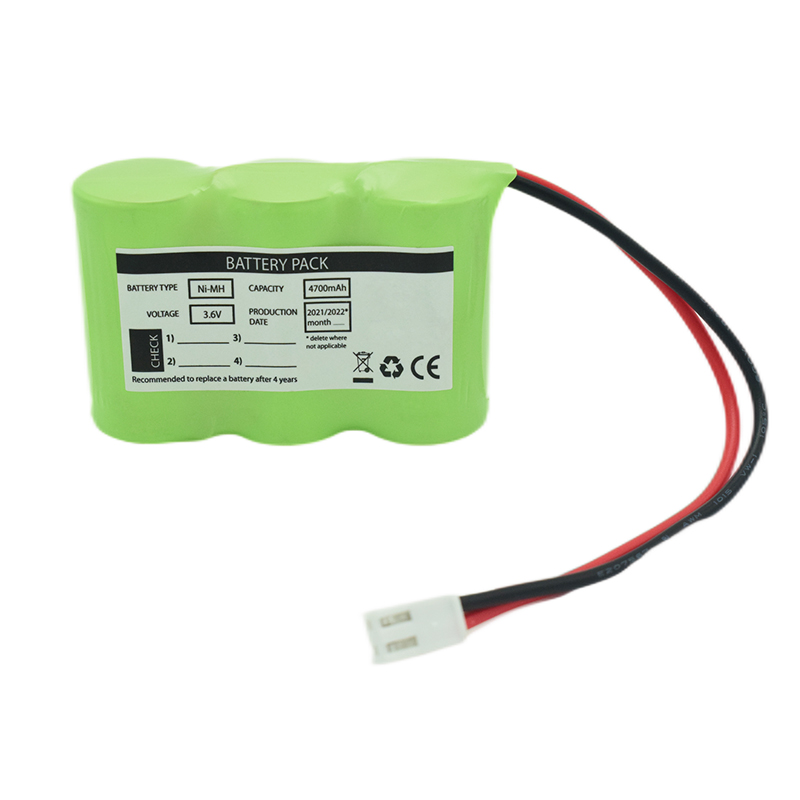 Ni-MH Battery C4700mAh 3.6V
Ni-MH Battery C4700mAh 3.6V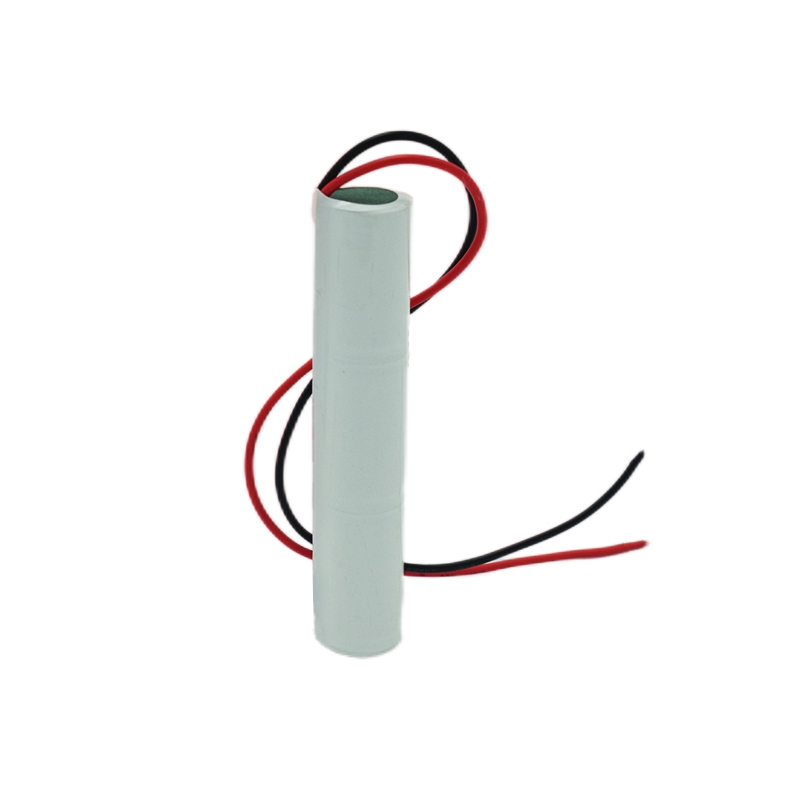 Nickel Cadmium Nicd Battery Pack SC1800mAh 3.6V
Nickel Cadmium Nicd Battery Pack SC1800mAh 3.6V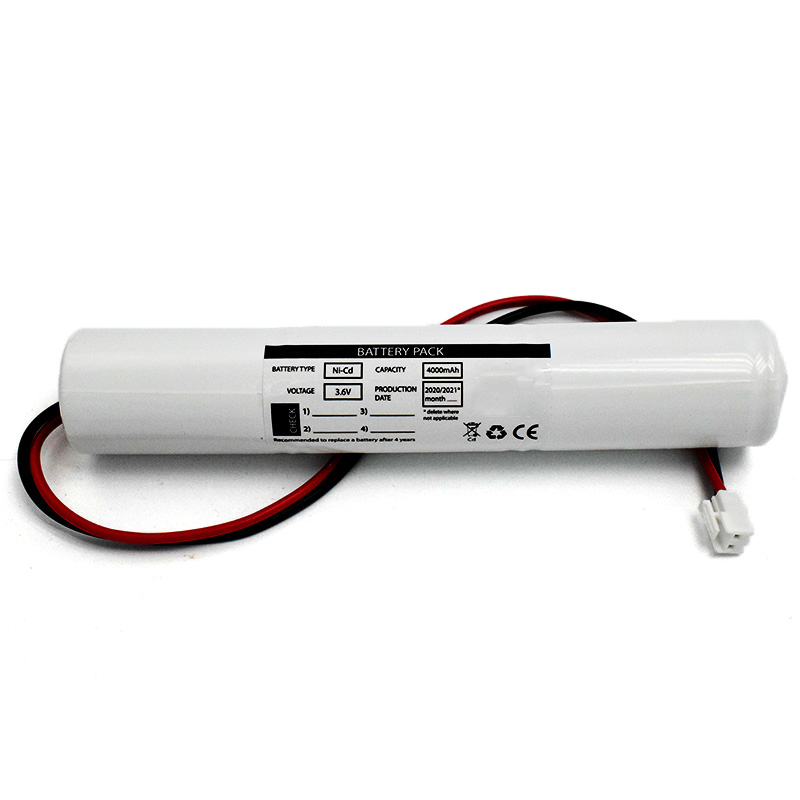 Ni-Cd Battery Pack D4000mAh 3.6V
Ni-Cd Battery Pack D4000mAh 3.6V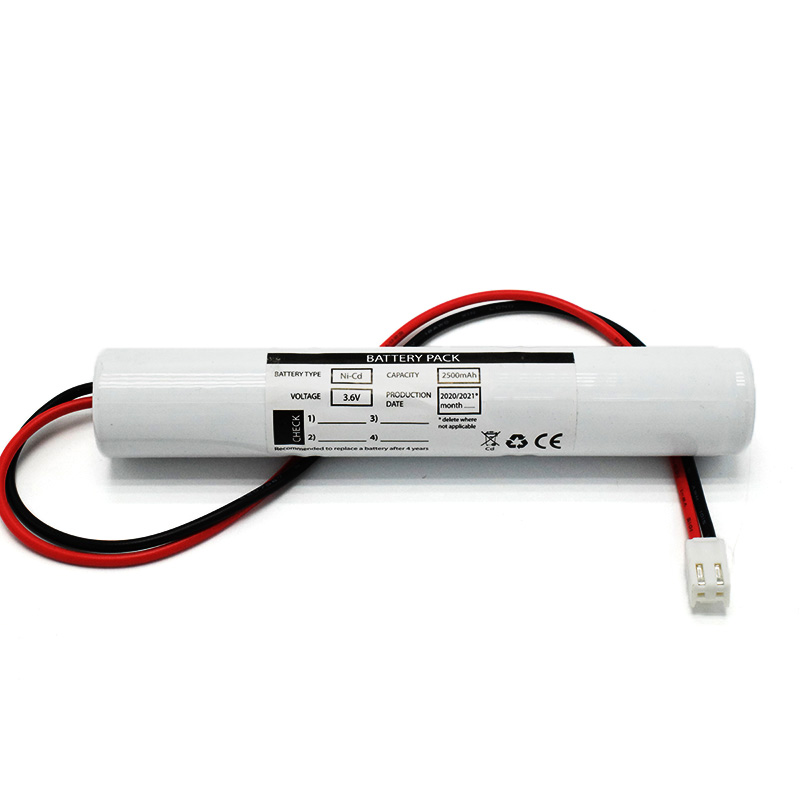 Ni-Cd Battery Pack C2500mAh 3.6V
Ni-Cd Battery Pack C2500mAh 3.6V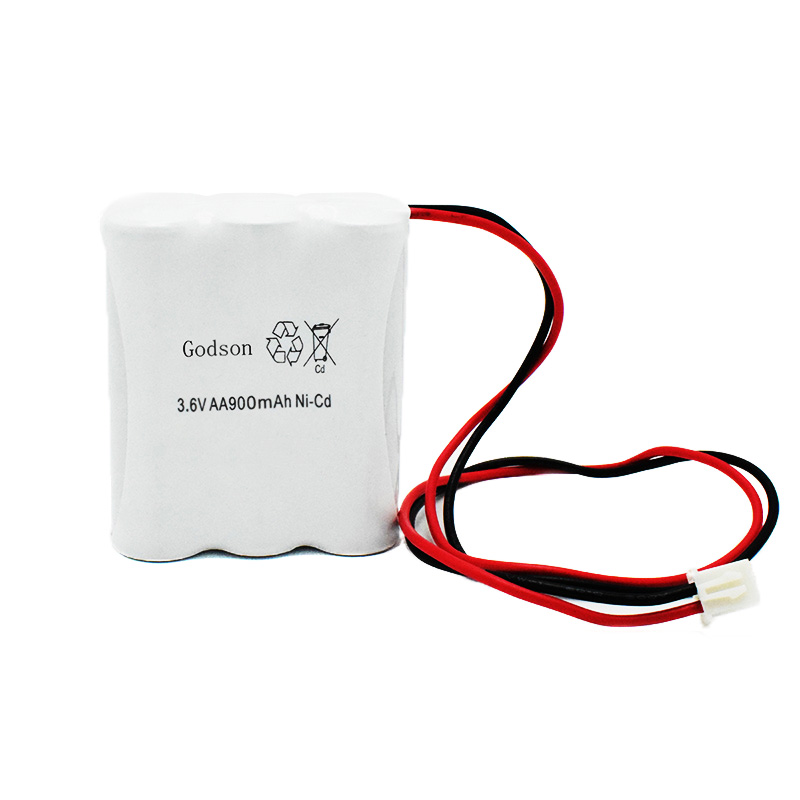 NICAD Battery Pack AA900mAh 3.6V
NICAD Battery Pack AA900mAh 3.6V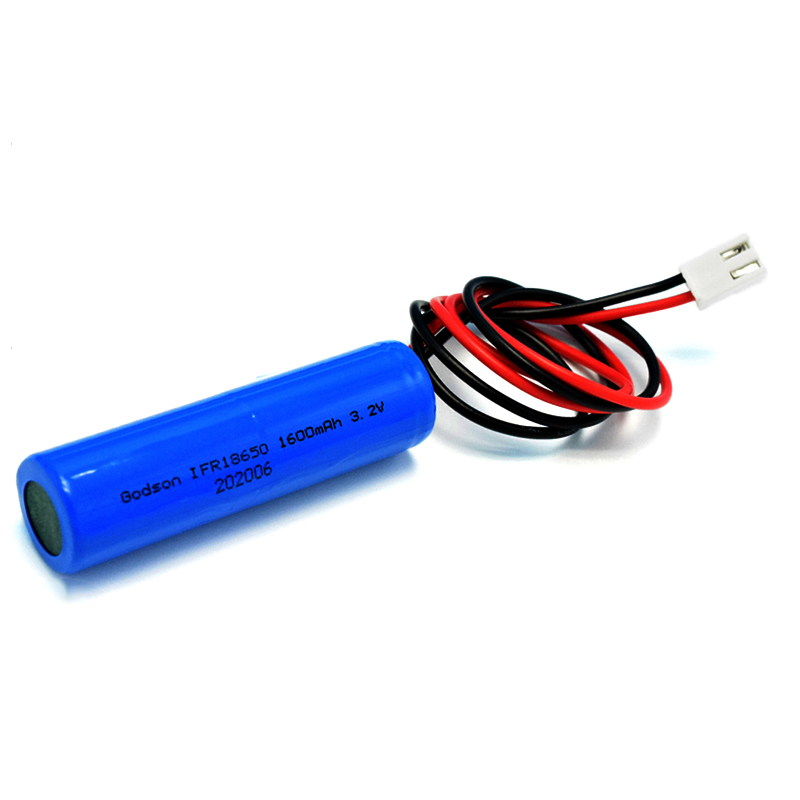 LiFePO4 IFR18650 1600mAh 3.2V
LiFePO4 IFR18650 1600mAh 3.2V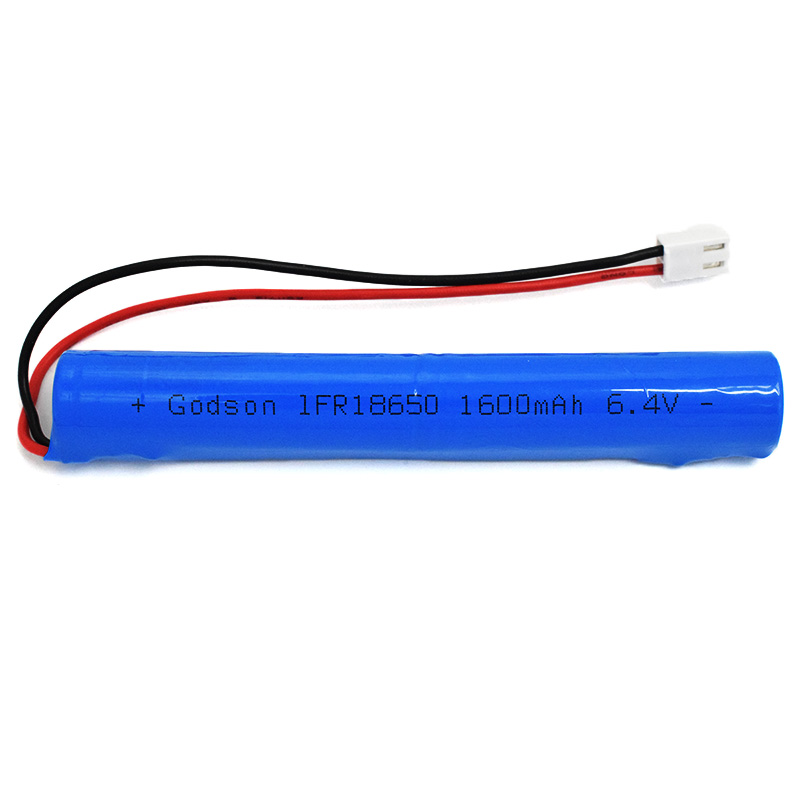 LiFePO4 IFR18650 1600mAh 6.4V
LiFePO4 IFR18650 1600mAh 6.4V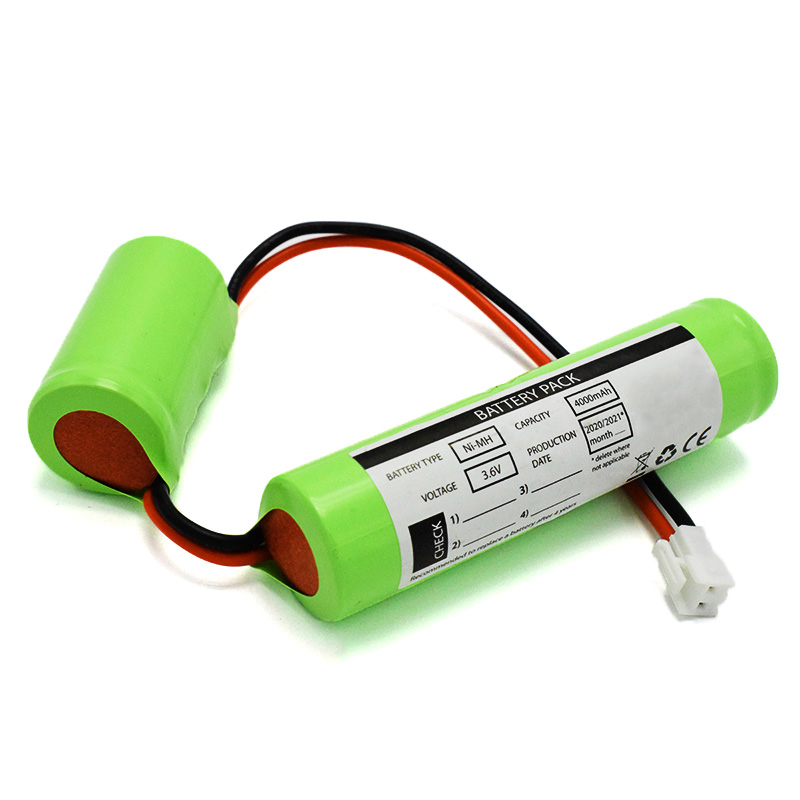 Ni-MH Battery C4000mAh 3.6V
Ni-MH Battery C4000mAh 3.6V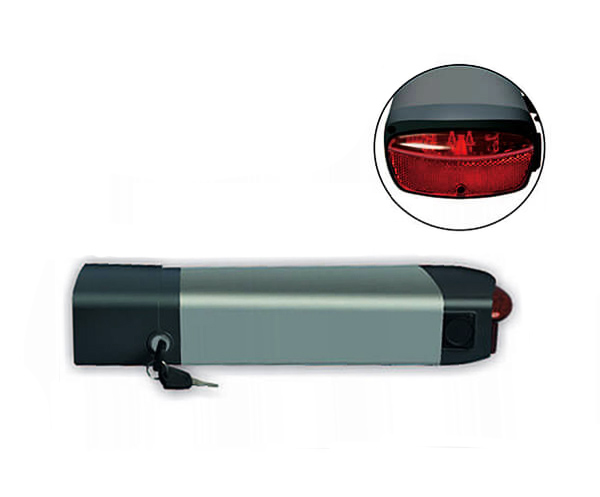 E-bike Battery 48V 10Ah JL-1
E-bike Battery 48V 10Ah JL-1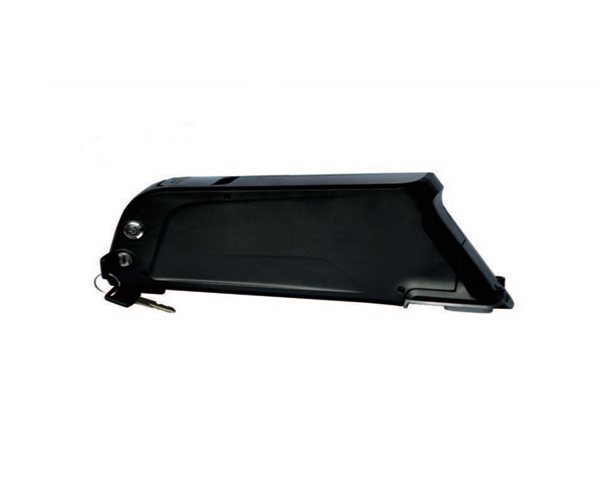 E-bike battery 48V 10Ah Qing Tian
E-bike battery 48V 10Ah Qing Tian